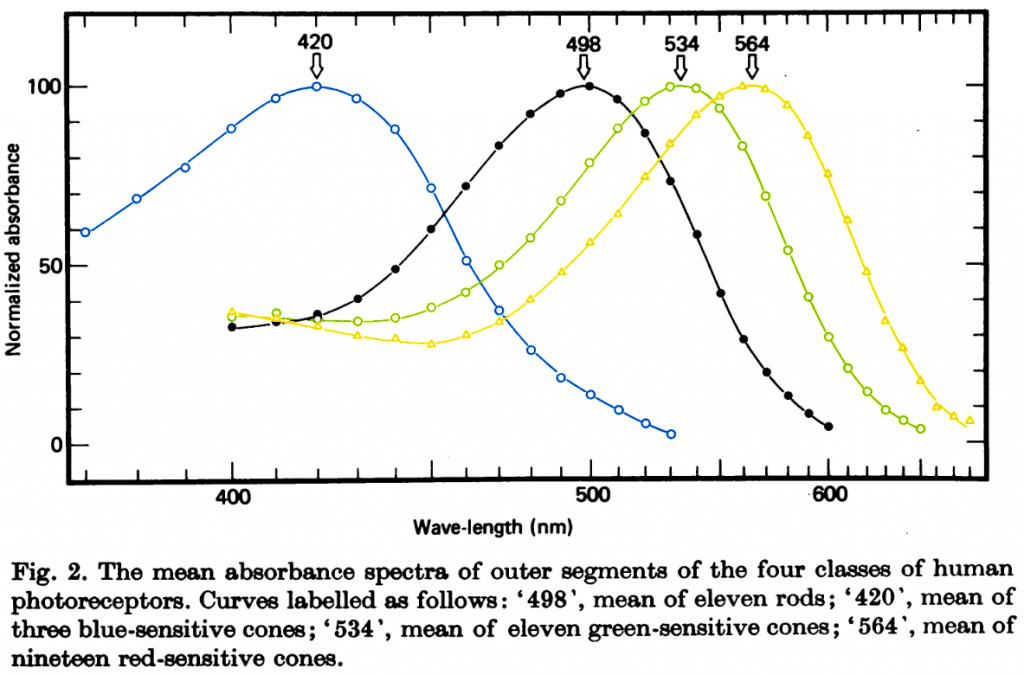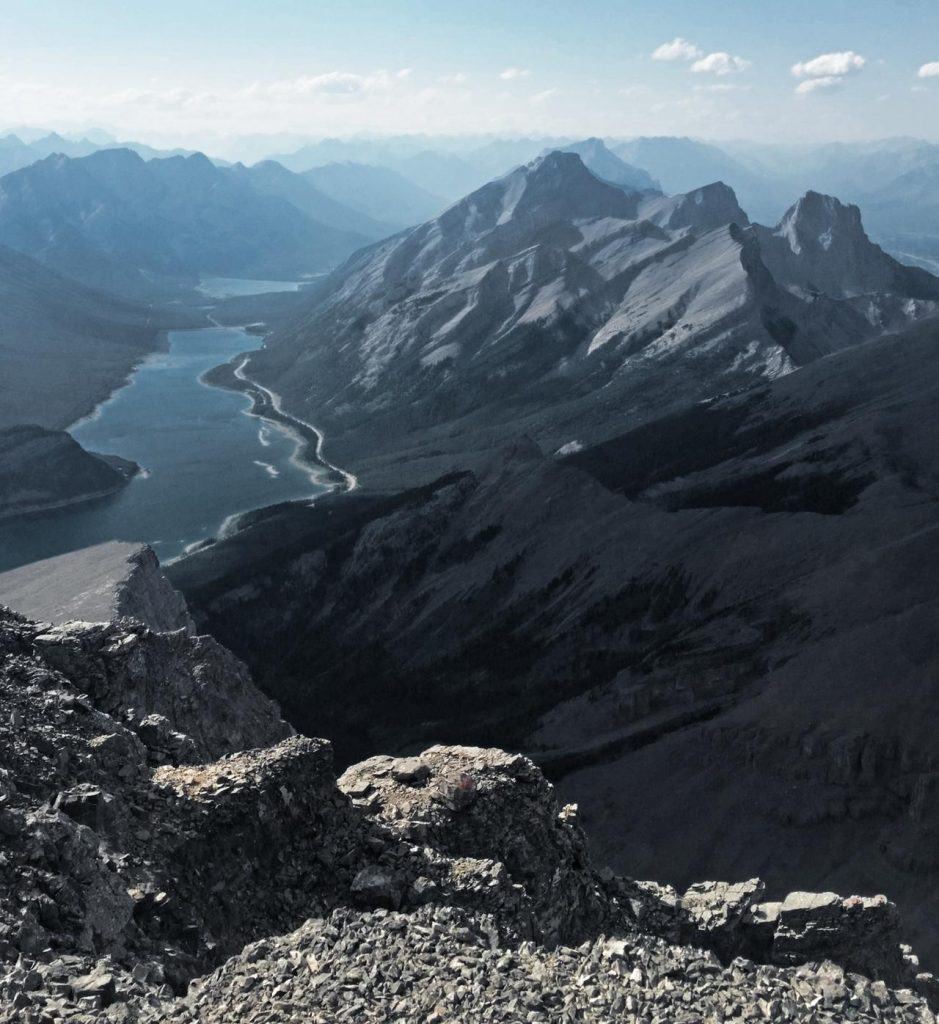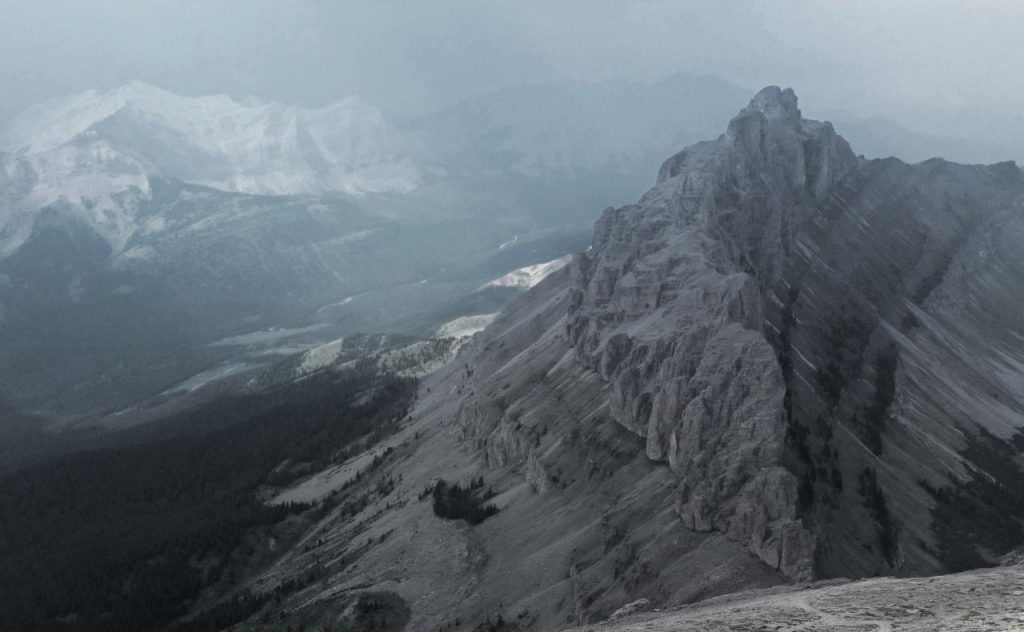Let’s get the bad news out of the way: that panel I was hosting about fake religions is cancelled. Things didn’t gel together as I hoped, and rather than present a half-baked idea it’s smarter to cancel the thing and save it for next time. I’ve deleted the original blog post to prevent confusion, but you can still view what I had planned via this archive.
Which brings us to the worse news: I’m running Princess Kaizo Land! The numbers will be a bit dated when this post goes up, but as of this typing the GoFundMe is at $80,231, an increase of $581, and we’ve had $1,694 donated via other means. That’s well beyond the $1,200 goal I set, so far beyond that I’m blown away by the amount.
But, uh, I’ve just committed to playing a Kaizo game. Yes, my choice is on the easy end of the scale, but I’m no shovda. I don’t have anywhere near the same skillz, so this is going to be an exercise in frustration. Yes, that can be fun to watch, but it ain’t fun to play.
So lemmie offer you a deal: clearly everyone wants to see me squirm a bit, but there’s more than one way to pull that off. I proposed playing a randomizer as my first target, but I said I’d play it at the “Way Cool” setting. That swaps stages and exits, consistently randomizes enemies, switches around Bowser’s castle entrances, and does some other minor scrambling. There are tougher settings, though; “Mondo” will also scramble sublevels and warps, shuffle enemy placement, tweak boss locations and difficulties, change power-ups, and randomly add ice and water physics to stages. This sits at a nice point between a full-on Kaizo game and the boring vanilla version, while still being an advancement over “Way Cool”‘s settings.
Not good enough? I’ve got one more thing to add. As you’ve probably noticed, I’m not big on comment sections. I think they can be problematic, and I don’t need the online feedback. My Twitch chat settings are almost as locked down as my blog comments. So how about I run Twitch chat much more openly than I usually do: I’ll hold comments for moderation, but that’s about it. I’ll also be checking the chat after each level, at minimum, which should keep things interactive.
Time for numbers: we’ve raised about $2,275 over seven days, pro-rating that another four days brings the total to $3,576, and adding 15% to compensate for a rush of last-minute donations brings the total to about $4,112. Add that to $79,650, and you get $83,762 as the new target for Friday the 25th before midnight. Time to fire some cash at the GoFundMe, or check the fundraising page for other ways you can contribute. Thank you so much for the contributions you’ve made so far, they’ve helped quite a bit with the legal bills!
Now would you please mind saving me from playing a Kaizo game? Pleeeeeeaase??




